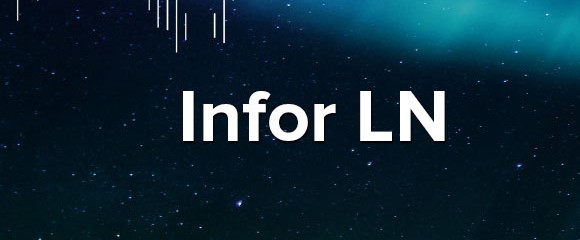- Oracle Database (commonly referred to as Oracle RDBMS or simply as Oracle) is a proprietary multi-model database management system produced and marketed by Oracle Corporation. It is a database commonly used for running online transaction processing (OLTP), data warehousing (DW) and mixed (OLTP & DW) database workloads.
ORACLE
Oracle instance is set of Oracle background processes or threads and a shared memory area, which is memory that is shared across those threads or processes running on a single computer.
500+ Students Enrolled
4.4  (325) Ratings
(325) Ratings
 (325) Ratings
(325) Ratings







